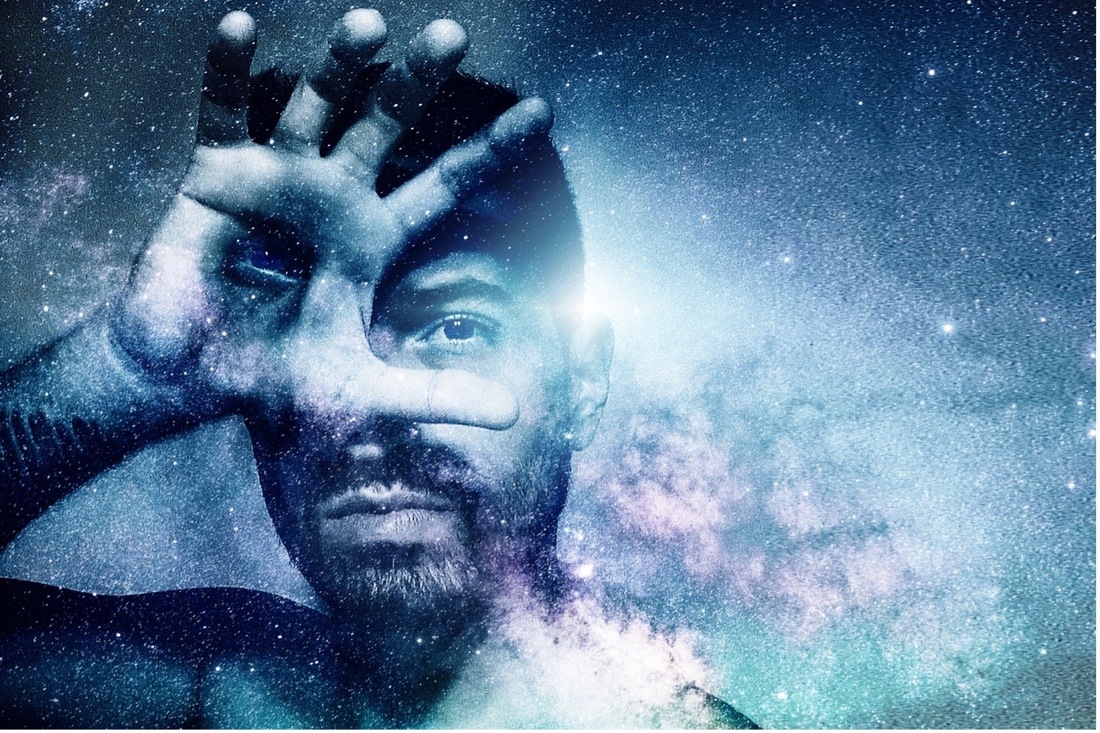Reconnection
2023-05-07
Beyond Quantum Healing
This is the first in what will hopefully be a more regular thread of articles woven together, on the topic... Read more »

Published Monday May 24, 2021 by [email protected]
Consciousness ExplorationsBefore I started offering BQH session I had no idea how different our ways of perceiving reality could be. It had never even occurred to me that some people are unable to visualize. The state in which a person is incapable of seeing images in their mind’s eye is called aphantasia. It is estimated that between two and three percent of the population fall into this category. However, based on my experience I suspect that it is not an either or category, rather like so many human qualities it is more of a spectrum.
Some people when deep in the expanded state are hyper-visual. They report incredible detail, describing the buttons on the clothes they are wearing, patterns on leaves along the path they walk, or the shimmering hues reflecting on the water. The landscapes these people experience are vivid, rich and often highly complex.
On the other end of the continuum we find people who experience very little imagery. For these people the experience is based more on feelings and impressions. One of the most extreme examples of this style was a client whose two hour hypnosis journey was converted to just over 15 minutes when the silence was removed. While she experienced a lot in terms of waves of healing, insights and heightened awareness, there was just not a lot of visual information to describe.
I would say that the majority of the sessions I do have visual components, though not always with intense detail. As an interesting side note, someone who described themselves as non-visual, suddenly was able to see vivid scenes halfway through the session. For them it was surprising, like abruptly gaining a new sense.
One aspect relating to cognitive styles that I have found a little tricky as a practitioner is gauging how to pace my questions. Some people naturally share a lot. With these people my role tends to be a bit more passive as I only really need to interject in their flow with the occasional question or comment.
Then there are people with a lot going on visually who have a tendency not to report their experience. With these types I learnt it can be a mistake to wait too long between checking in. Too long a pause can result in big chunks of the story omitted. The question, “Are you still watching the children play?” might be met with, “Oh no, I left that scene and was briefly on a boat and now I’m flying over a rocky landscape.” With these types of clients it can be important to keep a dialogue flowing, especially so that when they listen to the recording in the future they have as complete a picture of the experience as possible.
However, with people who are less visual it can be more difficult to know how to pace the questions. These people tend to enjoy the silence, quietly soaking up the energies. If I ask what they are experiencing too often I become annoying and disruptive to the flow of their personal journey.
In order to mitigate these issues in the pre-hypnosis discussion period I make it a habit to ask people to close their eyes and image a bird sitting on a branch. This allows me to get a sense of their cognitive style and to discuss the associated issues. I also always explain to people that I am happy for them to guide me as to the level and rate of questioning that they feel most comfortable with. It is fine to tell me to slow down questioning, or to ask me to give them space to soak up an experience. If they feel so, they can fill me in for the sake of the recording, after the encounter has subsided. Taking these steps allows me to customise my approach so that I am best able to support each person’s individual style of processing.
So ultimately it does not matter what individual cognitive style a client may have. The session will unfold in a way that fits with the person’s unique style of perceiving reality. But communication between client and practitioner can be highly valuable to ensure that this style is fully honoured and supported.
Christina Lavers is a BQH practitioner, located in Upper Orara, NSW, Australia. She is devoted to assisting people to find and connect with their own creative magical current that flows deep within. “As more of us learn to live our life in alignment with our hearts, the more love will be flowing around the planet. Our world urgently needs more love!”
To discover more about Christina’s practice please visit her Website: https://www.christinalaverscoaching.com/
Anyone wanting to learn BQH here Click Here:
For 10% off course use the code: CHRISTINAL10
Comments are closed here.